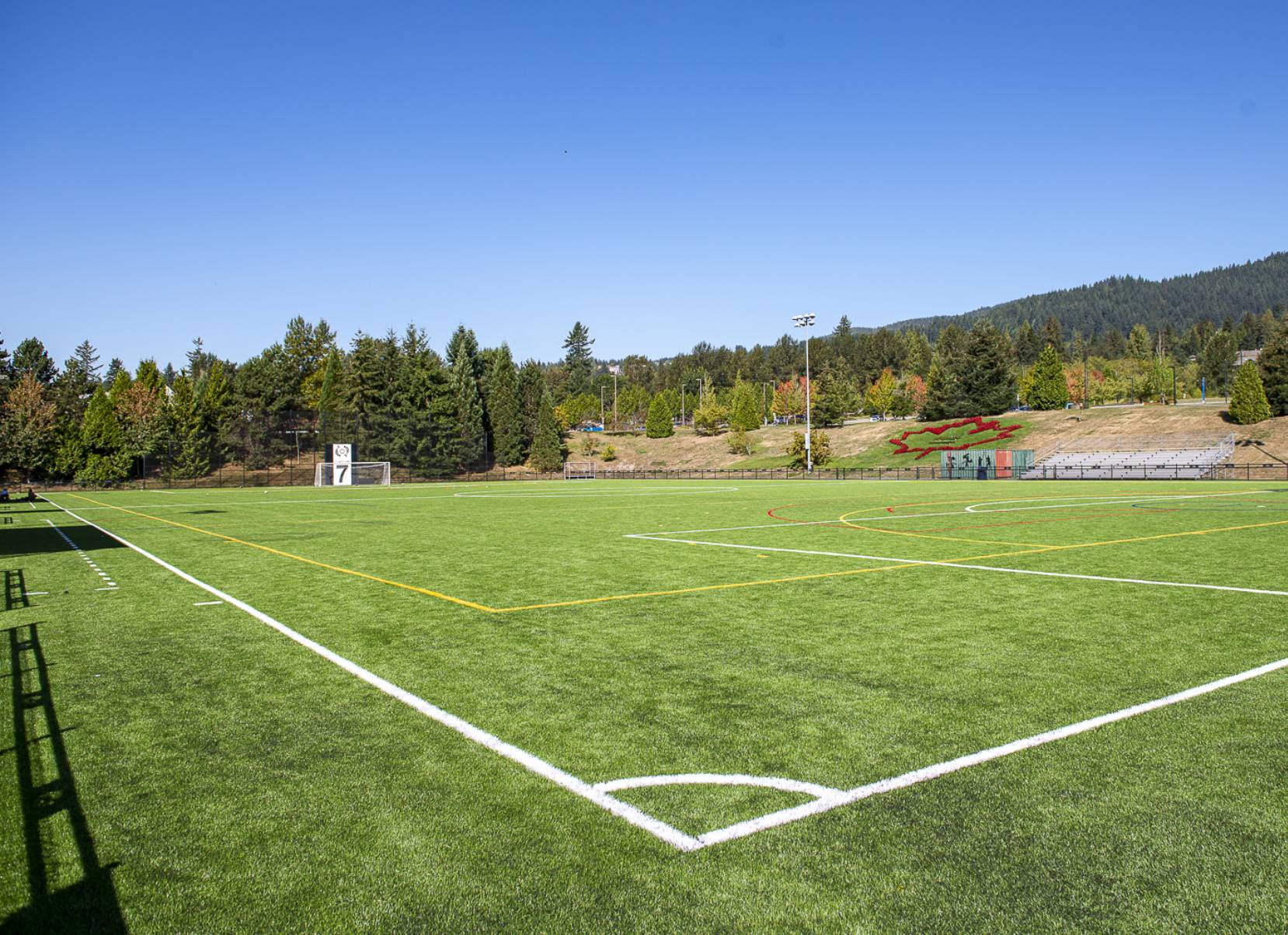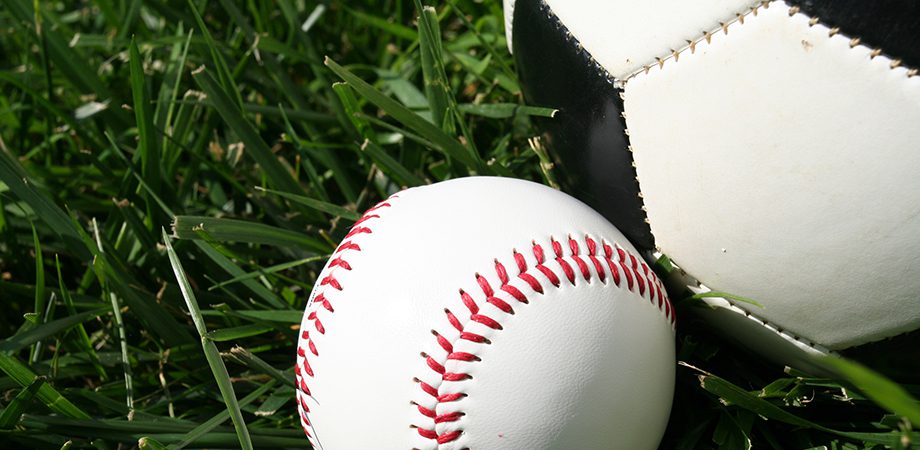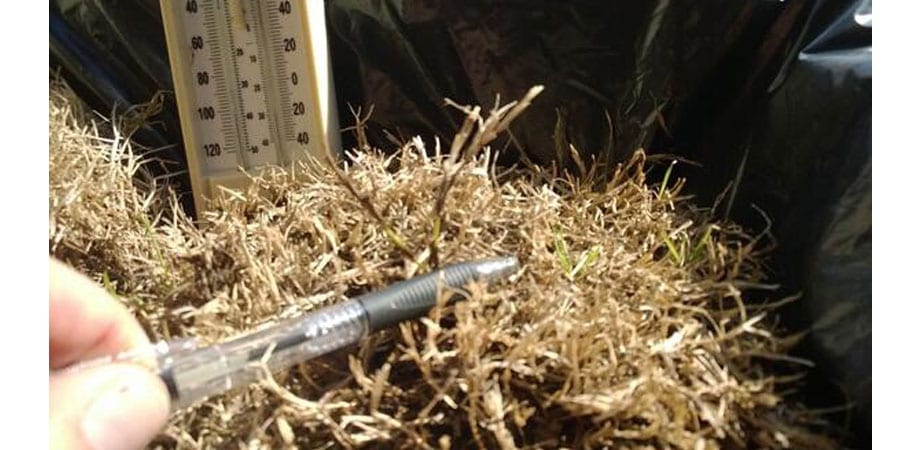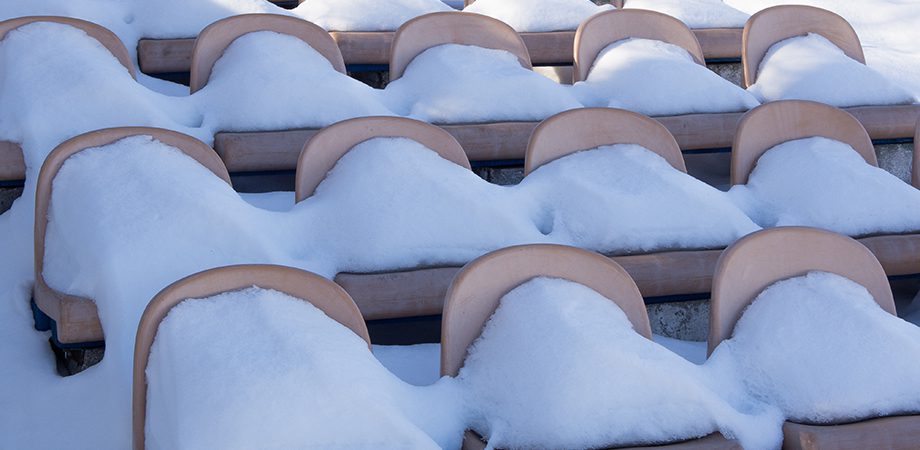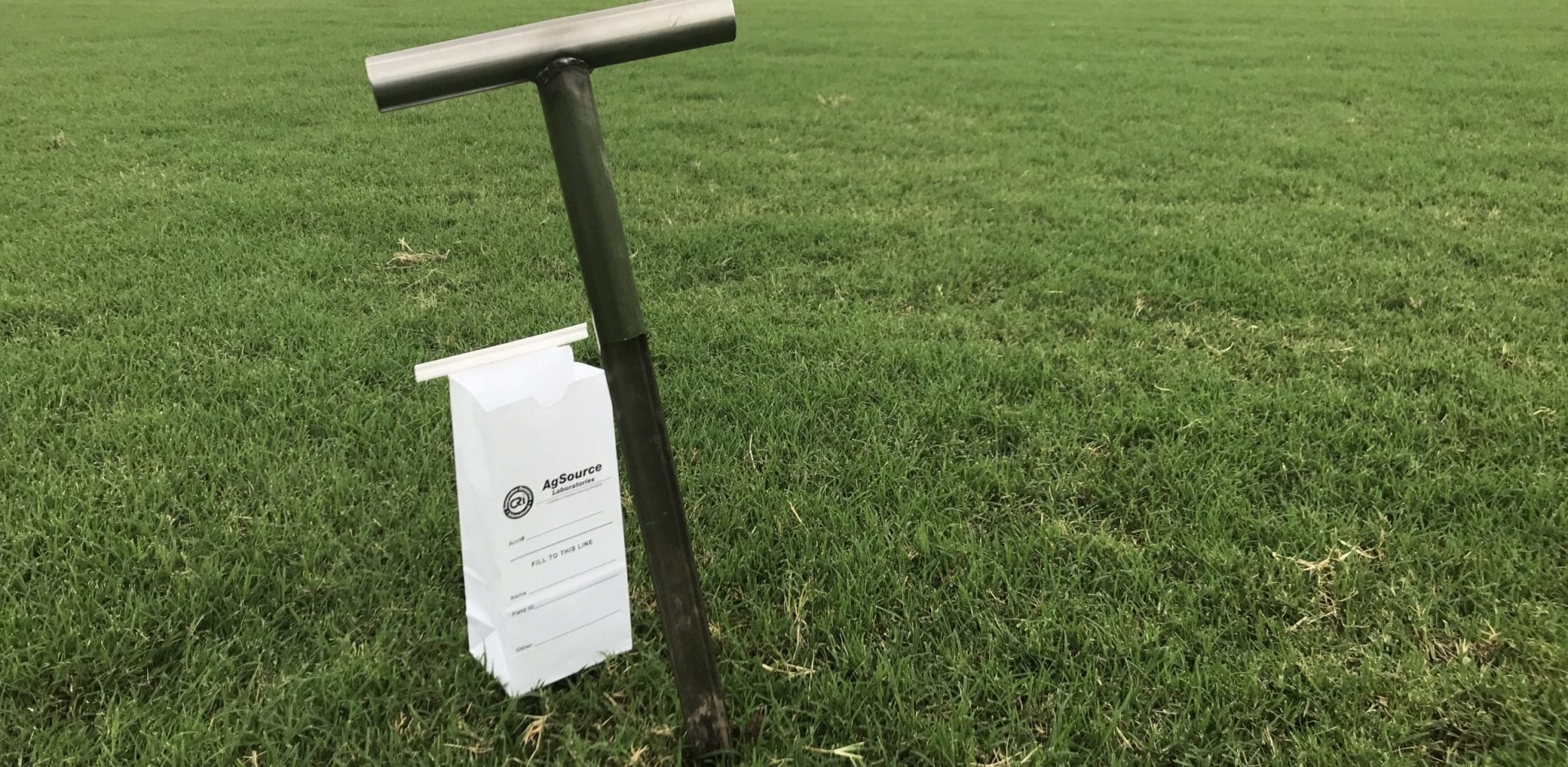It won’t be long before baseball, softball, and soccer seasons officially take off across the country, and there is always a lot to do in preparation for the opening of the season. Groundskeepers and field managers stuck in the cold can get a head start by spending this time doing the pre-season work that can be brought indoors.
Baseball and Softball Pre-Season Work
When I was a field manager, I always used this time of year to get all of my screens, padding, and nets ready to go so that once the weather turned favorable I could solely concentrate on the field(s).
If the screens are outside, bring them in somewhere where you can work on them without the weather affecting you. Inspect the screens for:
- Holes in the net
- Net material fatigue
- The condition of the string that is anchoring the net to frame (if not using sock nets)
- The condition of the frame and transport wheels (where applicable)
- The condition of any protective padding on screens
Repairs can be made when it’s reasonable to do so. The first priority is to ensure that safety isn’t compromised for the coaches and players who will rely on these screens and nets for protection. Pitching screens (L-Screens) tend to get the worst abuse and usually require the most work. Also, don’t forget about the big on-field portable backstop. If it’s collapsible, open it up, and inspect all locations where the net and the backstop pad are anchored to the frame, especially along the bottom of the backstop frame where it typically comes in contact with the ground. Abrasion can speed the wear causing the net and pad to become loose or unattached on the bottom of that frame.
Next, you can check the health of the batting cage nets. For indoor batting cages, check to make sure that all the connections are tight and that the net is not sagging. For outdoor batting cages, stretch the net out somewhere to check for holes in them. Mice and rabbits love to chew through the string near the base of the nets for nesting materials. They can be easily repaired on the ground BEFORE you hoist these nets back up into position for the season. Do a full inspection of all hardware and cable on outdoor batting tunnel net systems as rust and oxidation can work to seize things up if stainless steel or galvanized hardware was not used.
Plates, bases, and pitching rubbers should also be checked now. Confirm that bases are the right distance apart before moving on to the infield. Start by edging, then roll the infield. You may want to roll the entire field to settle any frost heave from harsh winter weather. Finally, topdress the infield to the desired depth, and mat drag to create a smooth surface. Come spring, you’ll be glad for the pre-season maintenance you’ve completed.
You’ll also want to inspect windscreens and padding during this time. No one wants to start their season with ripped up windscreens. Also, be sure to check those mound and plate covers as they are vital for optimum playing conditions. Covers work to keep mother nature out, but more importantly, they help to keep the moisture in the clay on the mound and in the boxes thus requiring fewer repairs during the season.
Soccer Goals, Nets, and Accessories
The running theme on this post is that NOW is the time to start checking your equipment, not the week that practices start. We recommend you perform a check-up on your goals at a minimum once every year. When available, follow manufacturer’s guidelines for regular maintenance.
- Routinely inspect goals and keep an eye out for any loose hardware.
- Check the strength of welds.
- Check for any corrosion.
- Check for proper anchoring.
- Check for any other damaged or missing parts.
Doing this will not only make your goals safer for use but will also greatly extend the life of your investment.
Soccer nets and clips, corner flags, and anchors or weight bags are just a few other items that should be on a pre-season checklist. Nets that can’t be repaired need to be replaced. Do not wait until the last minute to order your nets and screen replacements. You don’t want to start the season putting your players and coaches at risk if your particular size or shape is out of stock. It’s best to start your net assessment and reordering process early on after the start of the new year. If your budget allows, slowly build a backup supply of nets for each of your screens and goals. This is the best way to prepare for unexpected damage such as vandalism. Keep in mind, the best way to prepare for a favorable user experience is to be proactive when it comes to safety.
Be sure to reach out to your ATS sports turf specialist to help you with equipment and materials needed to complete your pre-season checklist!



